
For Dr. Laura Harris, assistant professor and science laboratory coordinator at Davenport University’s Lansing and global campuses, doing cell research usually involves more hours at a computer than the traditional method of working with Petri dishes at a lab bench.
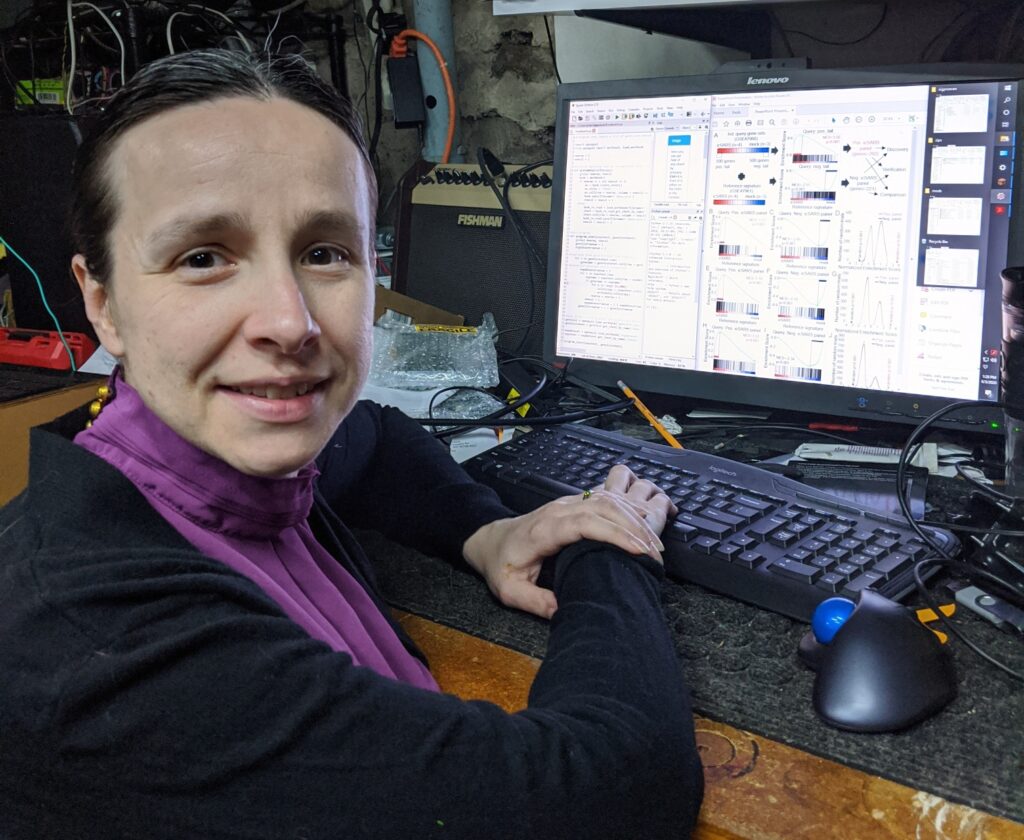
Dr. Laura Harris
Over the past several years, Harris has been studying what changes inside a bacterial cell to make it resistant to antibiotics. She studies these changes using computational approaches she developed while working toward a Ph.D. in biomedical informatics at Rutgers, The State University of New Jersey. Harris’ dissertation applied her computational approach for solving antibiotic resistance to Staphylococcus (staph) infections, a serious and sometimes deadly threat in health care.
“Biomedical informatics is a relatively new interdisciplinary field,” said Harris. “It’s focused on developing computer intelligence to solve complex challenges in biology and medicine.”
As Michigan began its stay-at-home orders in March, Harris participated in the COVID-19 International Summit led by the American Society for Microbiology (ASM). She is the president of ASM’s Michigan chapter.
During the summit, experts from across the nation set COVID-19 research priorities, so ASM could leverage its collective scientific expertise to advise on political decisions and coordinate global research efforts. Their ongoing research has since been recognized by the U.S. White House Coronavirus Task Force.
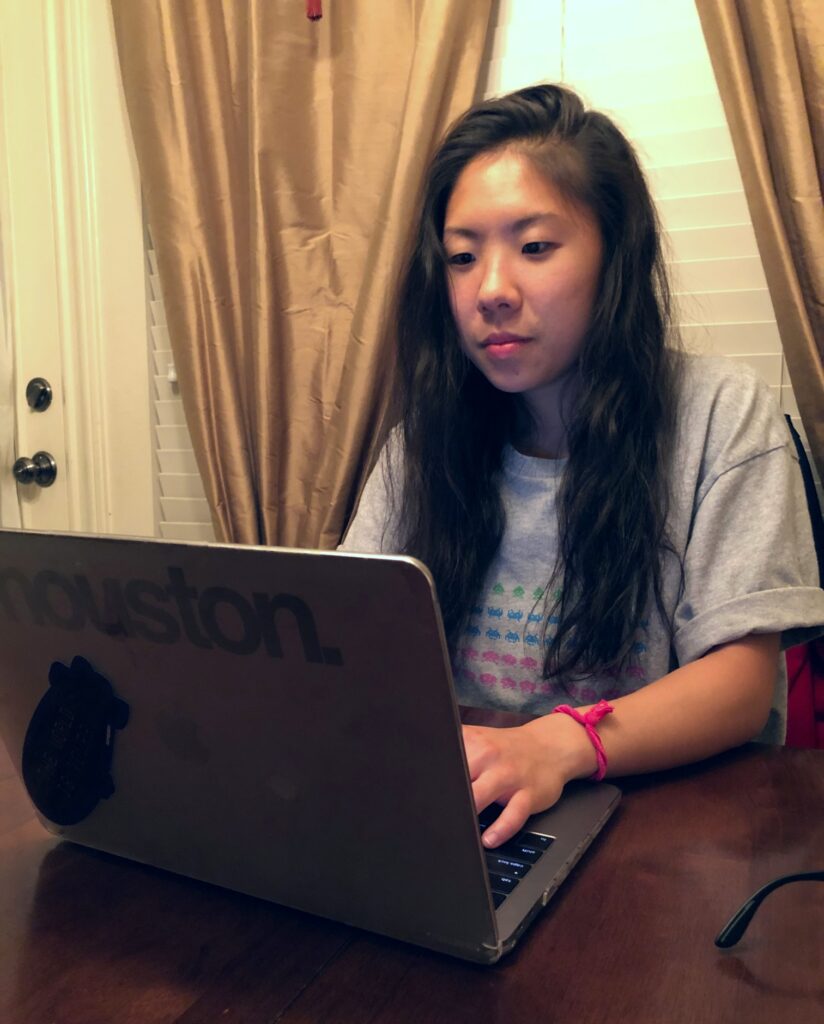
Amber Park
Harris returned from the summit with a new mission – to contribute to the global race to find a cure for COVID-19. So in April, Harris rapidly switched gears, bringing in two volunteers – Davenport senior Amber Park and recent graduate Jared Geller – to help apply her computational approaches to the beta-coronaviruses family. This group of viruses includes SARS-CoV (SARS), MERS-CoV (MERS) and now SARS-CoV2 (COVID-19) – all genetically similar viruses that mutate and spread rapidly.
Since the SARS virus has been around the longest and there’s more data to work with than the more recent coronaviruses, that’s where Harris and her team began.
“We’ve applied a computational approach that looks at human lung cells and how they respond to a SARS infection, based on changes in pathway activity,” Harris explained. “In the past, people have looked at individual genes or groups of genes working toward a common function – what we think of as a pathway. But that method produces a limited perspective because you only focus on one gene or pathway change. Now, we’re gaining a broader view using the approach that I developed as part of my Ph.D. work. The approach looks at how genes and pathways might change together in response to an infection. We’re applying it to data sets that laboratories have posted publicly, so we can use my computational approach to find new genes and pathways associated with these infections.”
If that sounds complex, it’s because it is – by any measure. The data sets that Harris and her team have been working with are so large, they cause typical computers to crash. Despite this, the team has pinpointed approximately 150 genes that change in response to a SARS infection, only 30 of which had already been identified by other scientists.
Harris’ team has successfully reproduced the results across several different data sets, too – a good sign when you’re a scientist.
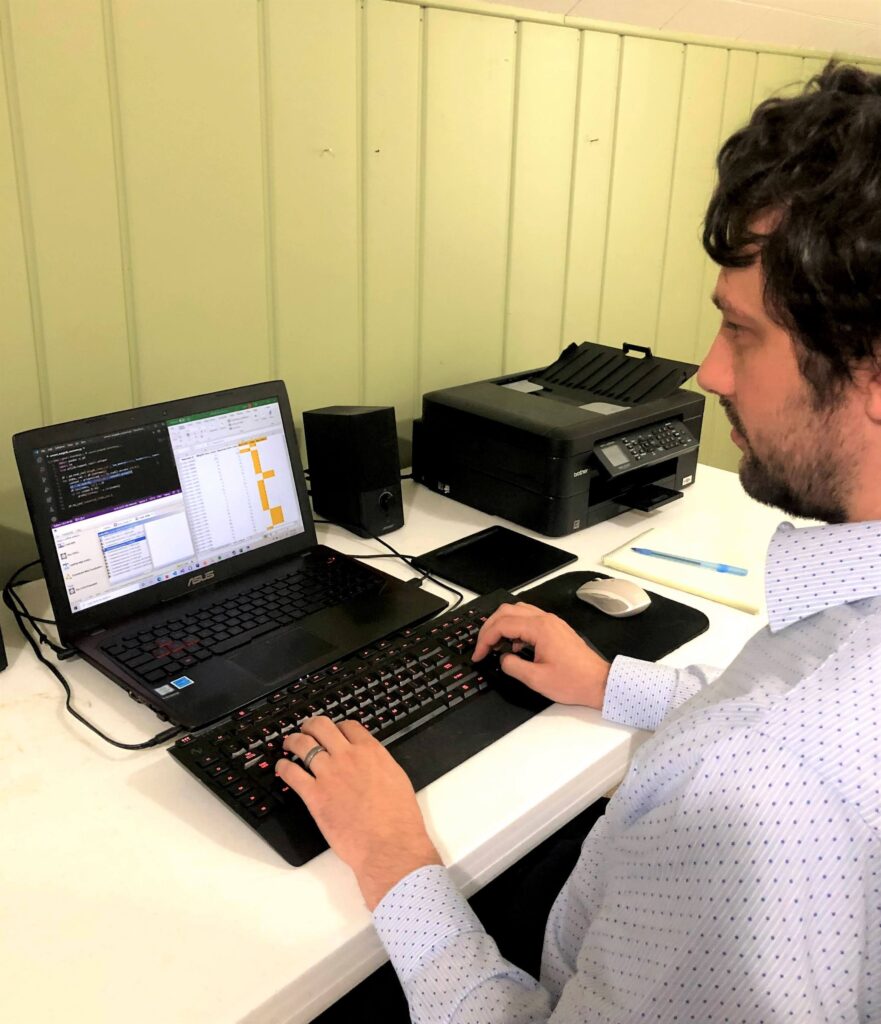
Jared Geller
“Our next step is to compare the genes we found associated with SARS to see if they’re reproducible in other beta-coronavirus strains,” said Harris. “If they are, we’re really onto something. My big ‘aha’ was that the genes and the pathways we’re finding can be potential therapeutic targets, meaning drugs can be developed that counteract the changes we’re observing to help infected people overcome COVID-19.”
With a half-dozen published research papers already on her vitae, Harris says COVID-19 isn’t all-new territory to her, or other scientists. And that should be reassuring to the general public.
“Yes, we’re in a pandemic, but antibiotic resistance has been around for quite a while as a major killer. Just because the topic has changed and COVID is more relevant now, that doesn’t mean that it’s scarier – at least not to me,” she said. “I’m optimistic that my computer programs can help antibiotic resistance as well as the COVID pandemic, and I’m inspired because I can do something about it. I get the same feeling from my students. They’re eager to help out and go the extra mile.”
As important and high-profile as her research is becoming, Harris retains a passion for teaching. A big believer in experiential learning, she teaches classes in pathophysiology, microbiology, introductory biology, bioinformatics, and soon, data analytics – all the while leading Davenport undergraduates in a broad range of computational and laboratory research projects.
Several of her students and alumni have presented at local, regional and national conferences, and won awards for their work. Park, who has been working with Harris since she was a freshman, was a back-to-back winner of Davenport’s Day of Research for her computational work in antibiotic resistance in Pseudomonas, a common cause of urinary tract infections. Park is the only student to take first place at Davenport’s Day of Research twice.
Harris believes research experience is essential for undergraduates, and she works beside them as an active mentor rather than an observer. “In my graduate work, I saw a lot of professors don’t actively participate in the research. But I find it helpful, for me and the students, to have a part alongside them so we’re all active in our learning.”
As Harris and her team continue their work toward identifying the pathways that can be targeted to combat various beta-coronaviruses, they continue to share their findings with the public – aiding in the collective race to find a cure for COVID-19.

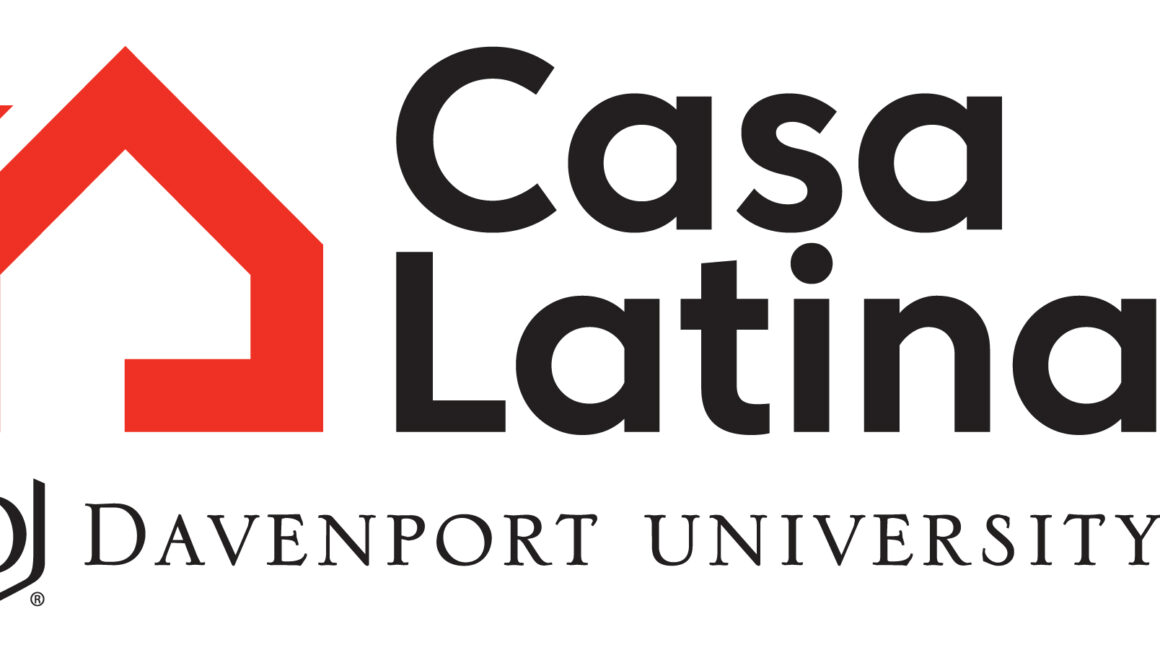
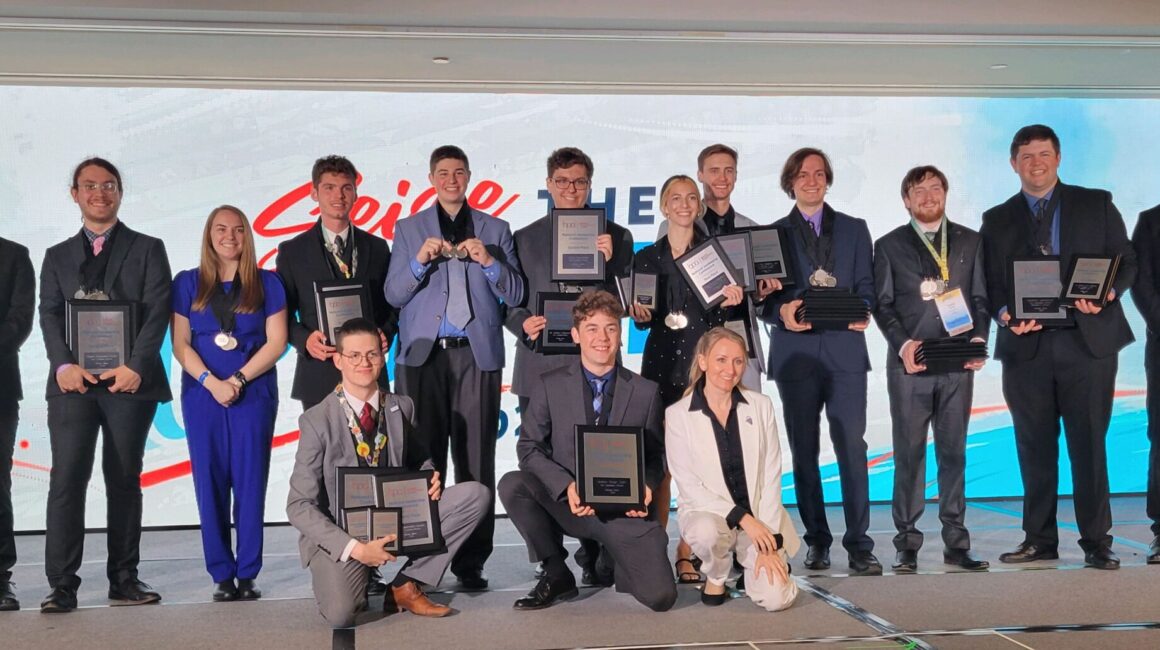
No Responses